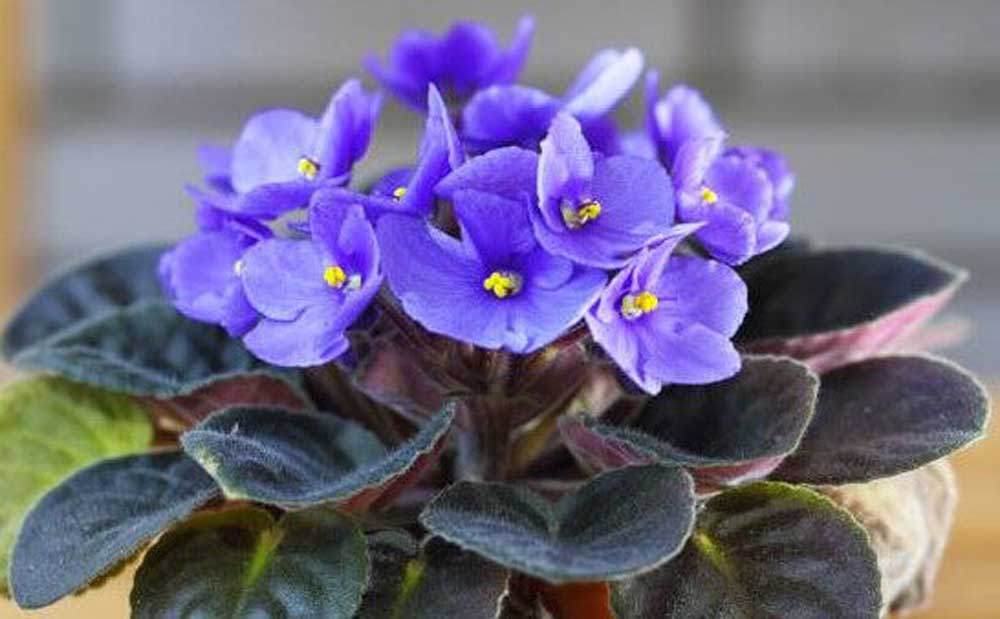Master Gardener: How long do African violets live?
Published 7:57 pm Monday, January 17, 2022

- Violet Saintpaulias flowers, commonly known as African violets.
It has been 25 years since a group of my students presented me with a plant that I recognized as an African violet. The plant had dark green, fuzzy leaves and a profusion of light purple flowers. I later learned that the violet was a Saintpaulia African violet, a common, standard African violet that comes in several colors. For the next three years, that little plant lived on a counter top in the windowless, geology classroom and laboratory where I taught. The only care that it received was a weekly watering.
When I made a career change, I packed all of my personal belongings, including that African violet, into cardboard boxes and headed for my new life. Upon unpacking my moving boxes, I was dismayed to find that the stem of my African violet had broken off at soil level. I was sure that there was no saving that plant, but because it still had a crown of pretty purple blooms, I decided to just poke a hole in the pot’s soil and replant the rootless stem. I was hoping to enjoy the flowers for a few more days before my violet finally went where most of my plants end up — into the compost pile. Did I happen to mention that I had never been very successful in growing houseplants of any kind?
Trending
To my surprise, that African violet barely noticed that it had been decapitated. In time, it grew new roots and continued to thrive. As long as I pinched off older leaves and flowers and kept its soil moist, it kept producing cheerful bouquets of new flowers and young leaves.
Thinking I had finally found a houseplant that even I could grow, I added another African violet to my collection. I hesitate to admit to the number of those innocent plants that found their way to my compost pile. My guilt drove me to begin reading articles and talking to other gardeners who grow African violets. They truly are forgiving plants that require little care. The African Violet Society of American (AVSA) and Texas A&M Horticulture agree on the following requirements for growing and caring for African violets.
- Temperatures should be between 60 degrees at night and 80-85 degrees during the day with moderate humidity.
- Potting mix should be a good soilless peat moss and ~50% coarse perlite. Emphasis should be on moisture control. Although African violets need constant moisture, keeping them too wet causes the plant’s thin roots to rot.
- African violets need a minimum of 8 hours of indirect sunlight each day. However, they can be grown using fluorescent lighting.
- Fertilize with a water-soluble fertilizer weekly.
So, what is the answer to the question, “How long do African violets live?” Some African violets, like the one that my students gave me, are more hardy than other African violets. But the best answer to the question really is that African violets can live as long as their essential needs of light, temperature, fertilizer and water are being met.






